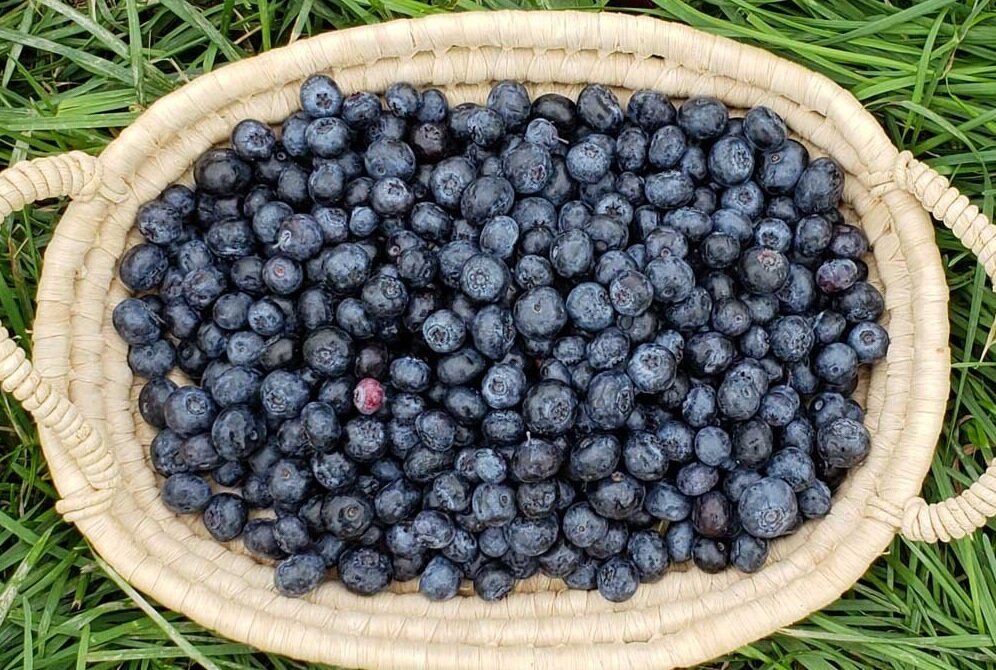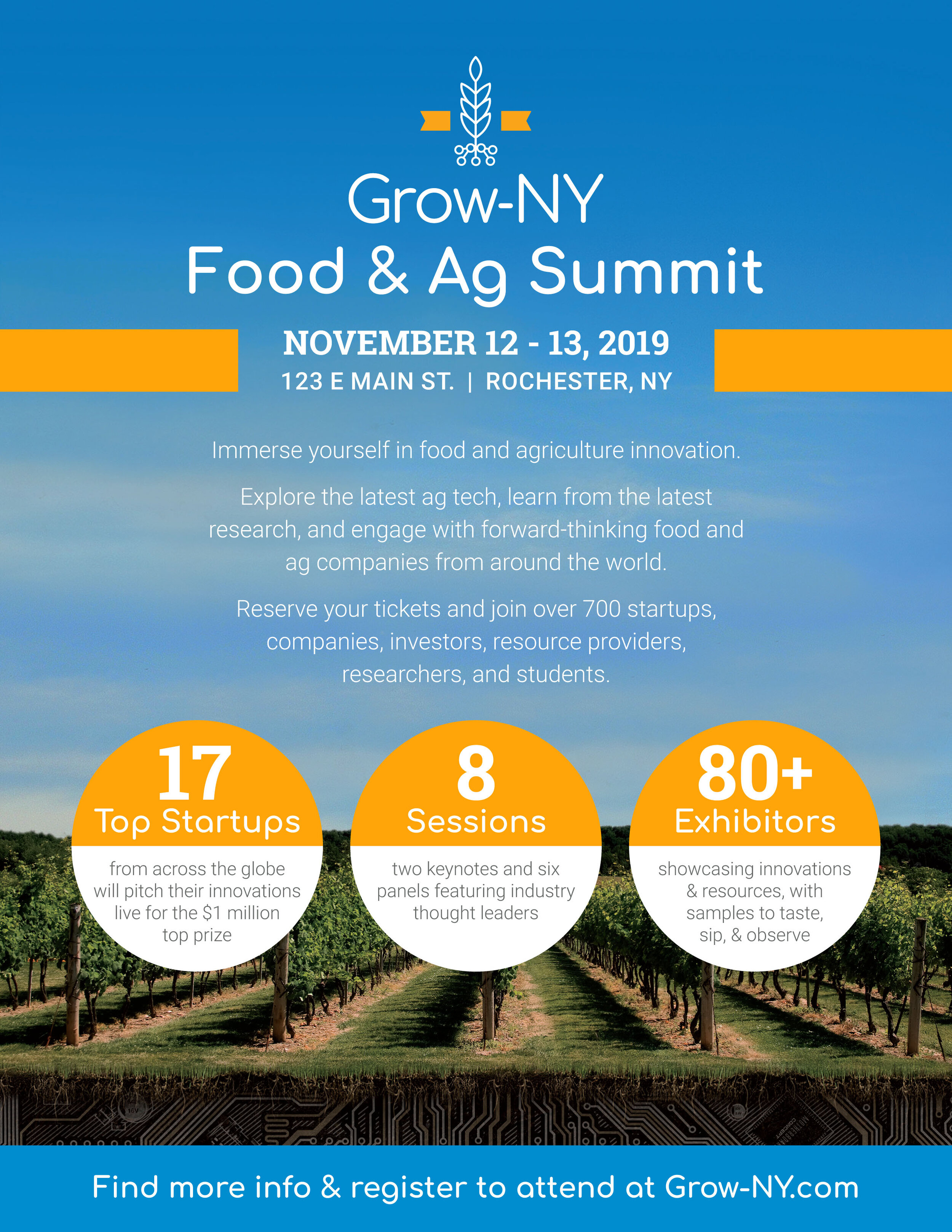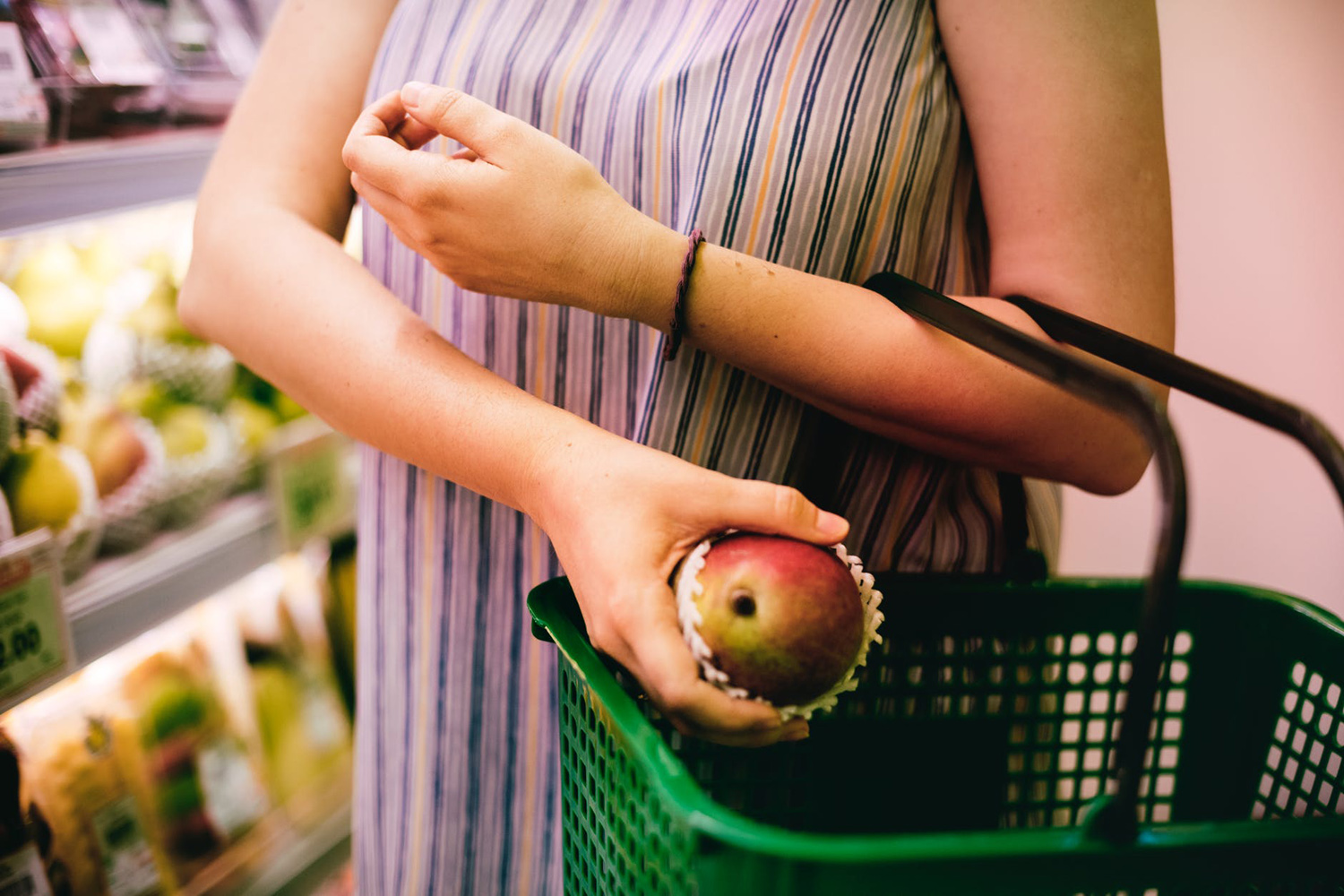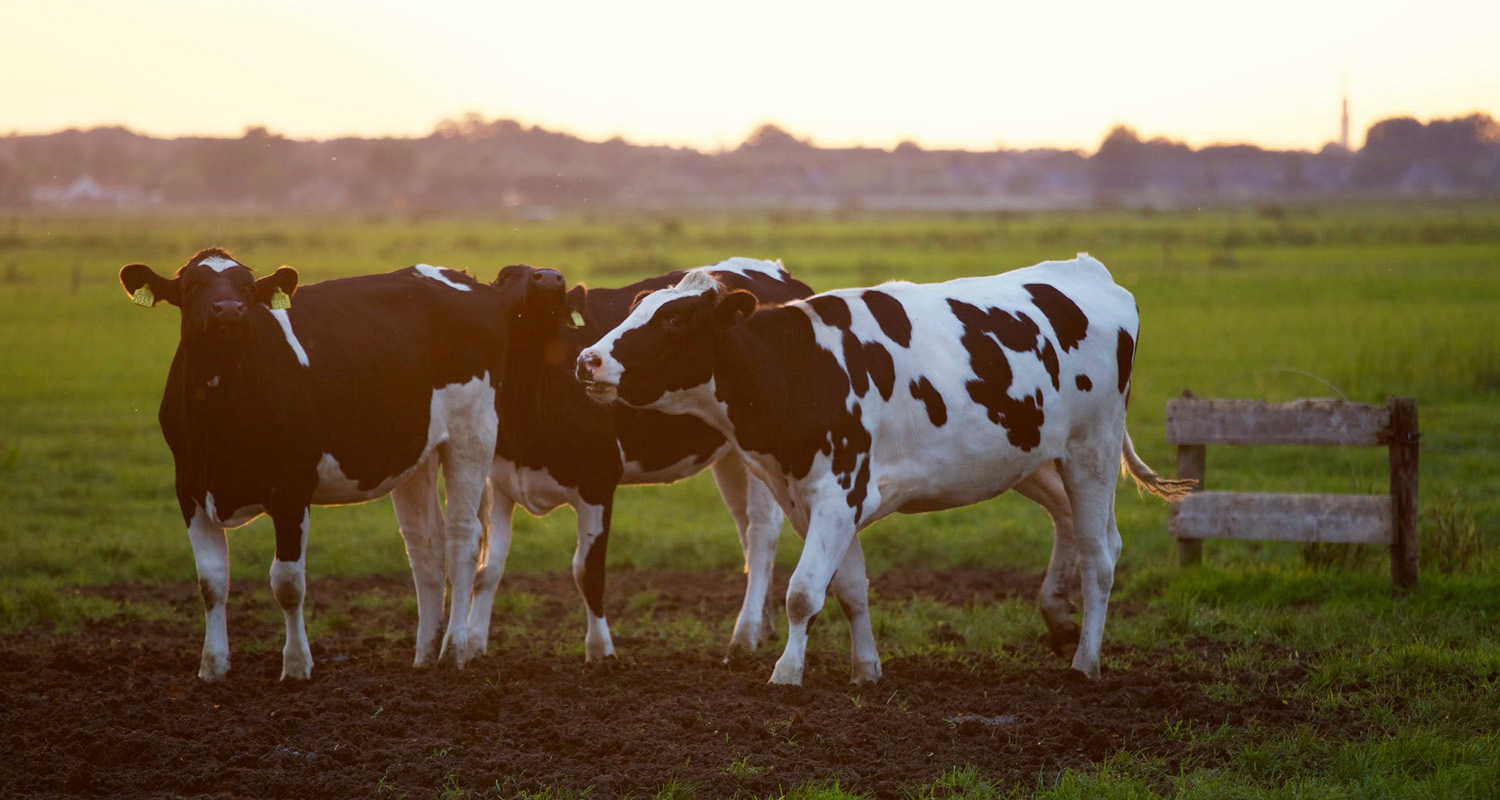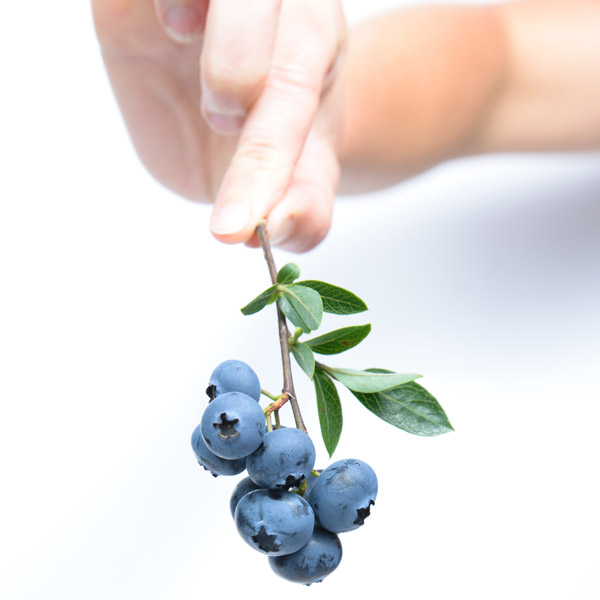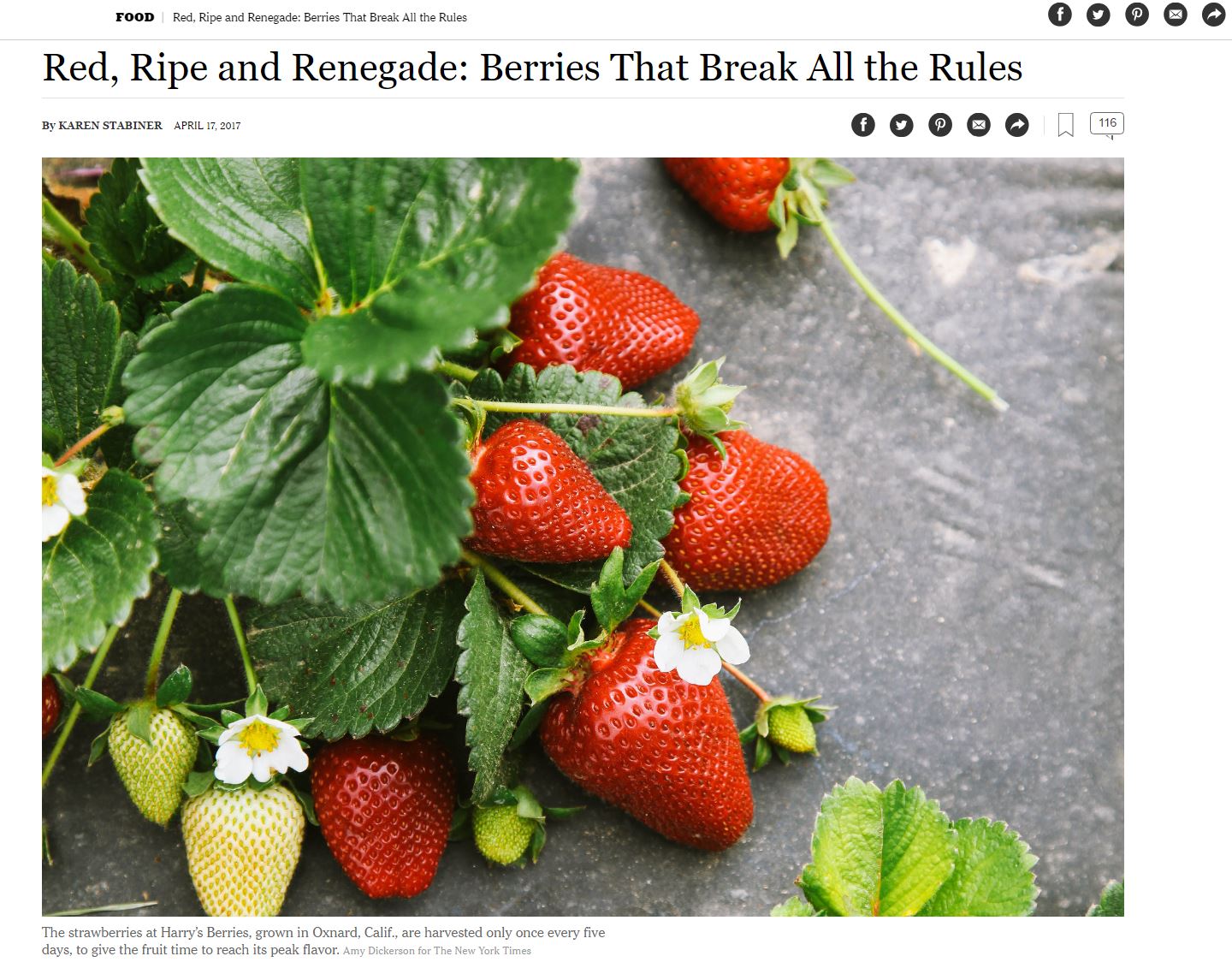Naturally occurring yeast on fruit is the subject of a new study on how SWD are attracted to berries. (Photo by Robert Bogdan for Pexels.)
A new study out of Europe examines which types of naturally occurring yeasts attract SWD. The authors of the report conclude that the fungi, specifically Saccharomycetales yeast communities, are more abundant on raspberry. The authors believe awareness of this fact might lead them to better understand what drives SWD susceptibility of different fruit crops at different sites. They suggest that it may also inform the “seeding” of fruit with engineered fungal/yeast communities, in order to reduce their vulnerability to the pest.
The abstract states:
“Fungal metabolic volatiles attract Drosophila suzukii which oviposits in ripening fruits, but there are few data describing the fungal microbiomes of commercial fruits susceptible to this insect pest. We tested the hypothesis that fruit type and ripening stage have a significant effect on fruit surface fungal communities using DNA metabarcoding approaches and found strong support for differences in all three fungal community biodiversity metrics analysed (numbers, types, and abundances of taxa). There was an average fivefold greater difference in fungal communities between sites with different fruit types (strawberry, cherry, raspberry, and blueberry) than across fruit developmental stages, demonstrating site and/or fruit type is the greater factor defining fungal community assemblage. The addition of a fungal internal standard (Plectosphaerella cucumerina) showed cherry had relatively static fungal populations across ripening. Raspberry had a greater prevalence of Saccharomycetales yeasts attractive to D. suzukii, including Hanseniaspora uvarum, which aligns with reports that raspberry is among the fruits with greatest susceptibility and attraction to D. suzukii. Greater knowledge of how yeast communities change during fruit maturation and between species or sites may be valuable for developing methods to manipulate fruit microbiomes for use in integrated pest management strategies to control D. suzukii.”
https://rdcu.be/cR4WP





